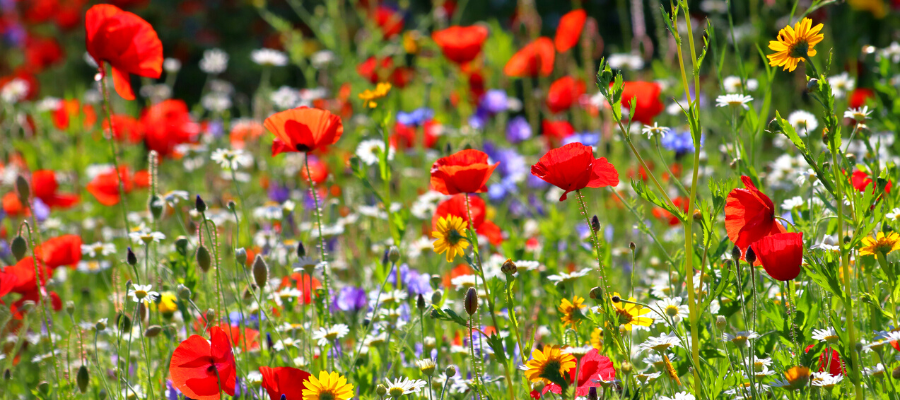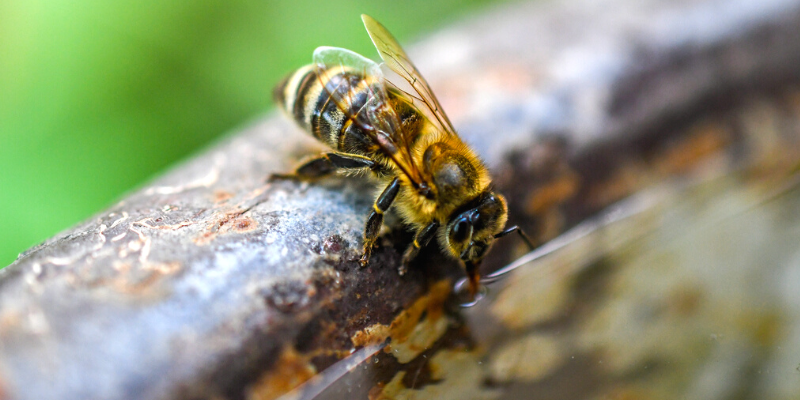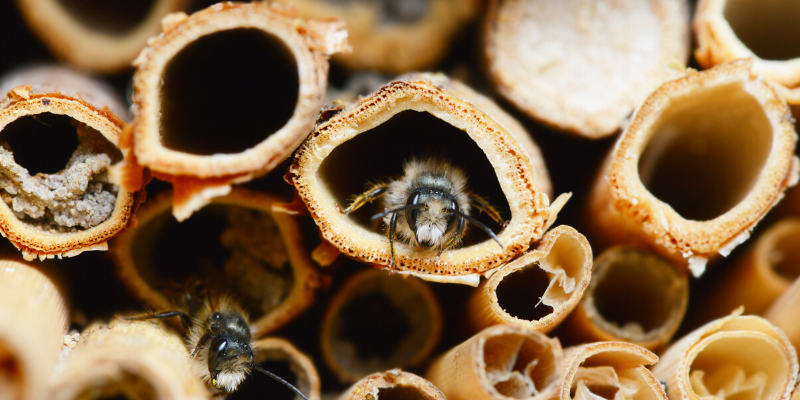How to attract pollinators to your garden
-

- 20 Feb 2023
- 0 Comments

Pollinating insects are one of the most reliant modes of transport for pollen between plants. However, they are not only responsible for the pollination of plants, their responsibility extends to the food we eat, the beverages we drink, and some of the medicines we use. These pollinators are vital for life.
Pollinators can come in all shapes and sizes with some of the most important insects being honey bees and bumble bees, butterflies, moths, wasps and beetles. The species of pollinators can differ around the world, but they all have the same importance in common with one another- to pollinate. While the pollinating invertebrates and mammals move around plants to collect food, they brush the pollen onto their bodies to then be passed on to the next plant- the cycle continues.
Without pollinators wildlife and us, humans would be in trouble, which is why we need to give these pollinators a hand and encourage them to our gardens.
Pollination plants to have in your garden
Plants, along with the pollinators themselves, are the main source of the pollination process. Without plants, pollinators will not be able to survive, and the transfer of pollen between plants would be massively reduced. To increase the volume of pollinators visiting your garden and the number of flowering plants, you should provide areas of rich pollinating flora to encourage those important insects.
There are many plants and flowers you can choose to grow in your garden so make sure you take a good look at the lists available. We have selected a short list of pollinating plants to get your garden started this spring.


The Royal Horticultural Society provides a list of the most seasonal pollinating plants to be included in your garden to encourage pollinators. The lists include an extensive variety of flora to be planted all year round.
Leave your lawn
Allowing lawn ‘weeds’ to flower in your garden can provide food for pollinators. Although, you may see weeds as a nuisance to your flourishing garden, leaving them to grow in areas will increase the available food sources that may help with those vital pollinating rounds. If you are needing to give your garden that quick trim up, try to do this during the winter and leave your lawn in the spring and summer when the flowers are blooming. With increased amounts of pollen available in your garden from allowing those plants to grow, greater numbers of pollinators will be attracted and more likely to stay.
Providing water for the pollinators
Just like any type of wildlife, pollinators need water to survive. They depend on sources of water to drink from and reproduce, continuing the cycle of pollinators. These water sources can be very simple to place in your garden if you don’t already have a natural stream or pond. Simply adding a bird bath, shallow puddling area, or even a small container outside can provide enough water for the pollinators.


Remember to change any water you provide for the pollinators 2 times a week during warmer weather.
Avoid using chemicals!
Being mindful of the chemicals you may want to use in your garden can be the most helpful element to keeping those important pollinators happy and healthy. Insecticides can be the most harmful chemical to pollinators and beneficial insects, causing alarming effects on the memory, wayfinding, and reproductive systems of these important pollinators. The changing behaviours in these insects due to the chemicals can have a detrimental effect on how well they can continue to pollinate and even survive.
With all the lovely plants you have introduced to your garden, you don’t want to kill these with the use of herbicides. Some of the most important native plants that can live in your garden are vital for the survival and upbringing of our pollinators. If you feel the need to use a herbicide in your garden, make sure it is away from the important pollinating plants and never spray when flowers are opening.
Try to maintain your garden in a natural, chemical-free way.
Building habitats for pollinators
Many pollinators like bees will find small holes in the ground or in wood to store food and lay their eggs. The offspring will then hatch and feast on the stored food to grow and continue the cycle. Providing a nesting ground or general habitat for pollinators in your garden can attract a large community of insects to increase pollination rates. These homemade hotels do not need to cost you a fortune to make, as most of the items needed can most probably be found in your garden!
- One plank of wood
- Hollowed stems (bamboo is great to use)
- Saw, drill and screws
The 5-star accommodation with the inclusion of your new garden plants will provide everything a pollinator would need.


To encourage pollinators to your garden, you need to provide the things they need to survive. The pollinators will not only create a home within your garden but will make sure your plants and flowers flourish and fill your garden with colour.
View our Hi-Bloom wildflower seed range below for a ready mixed combination of grasses and flowers to brighten your garden or patches of land, and encourage those important pollinators.










